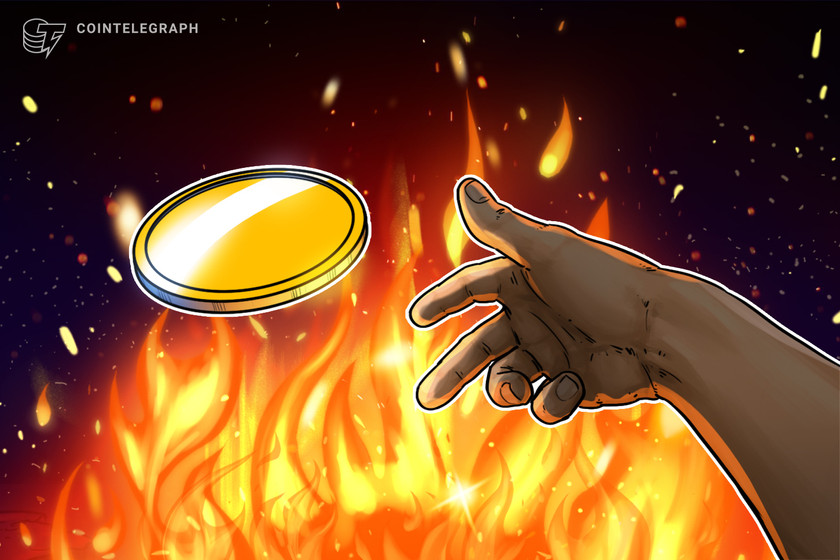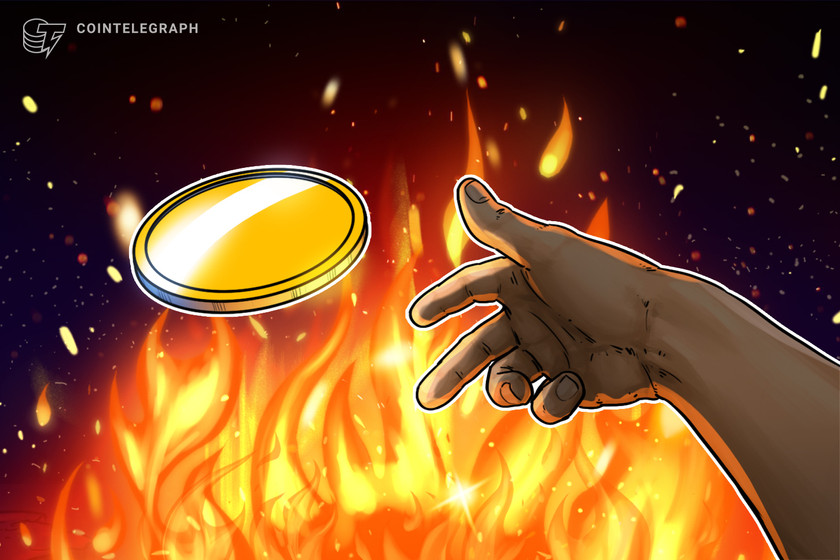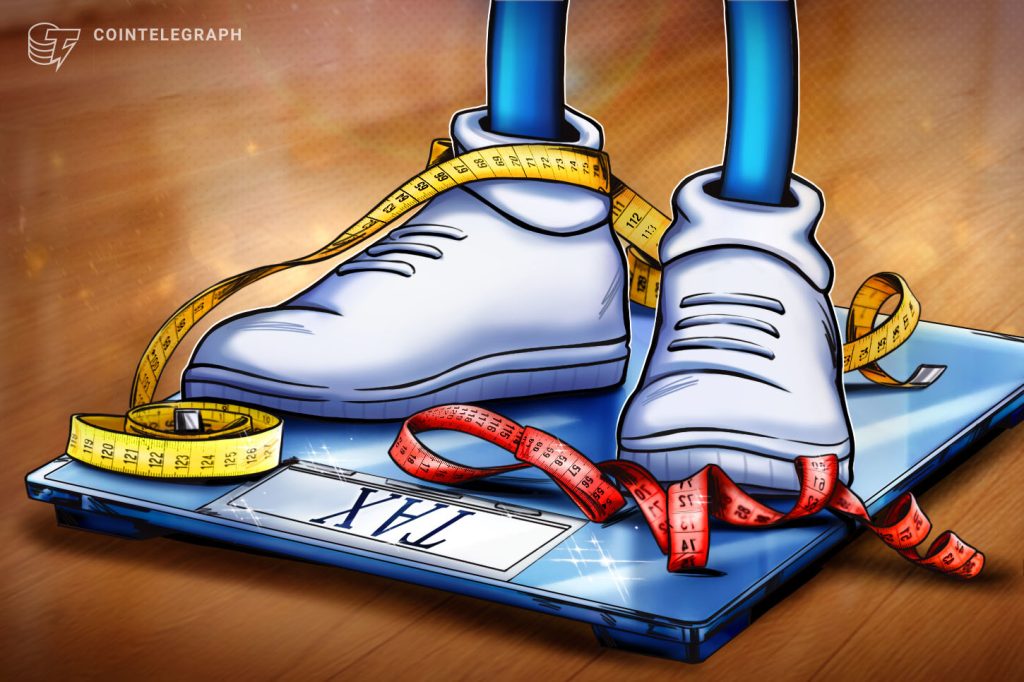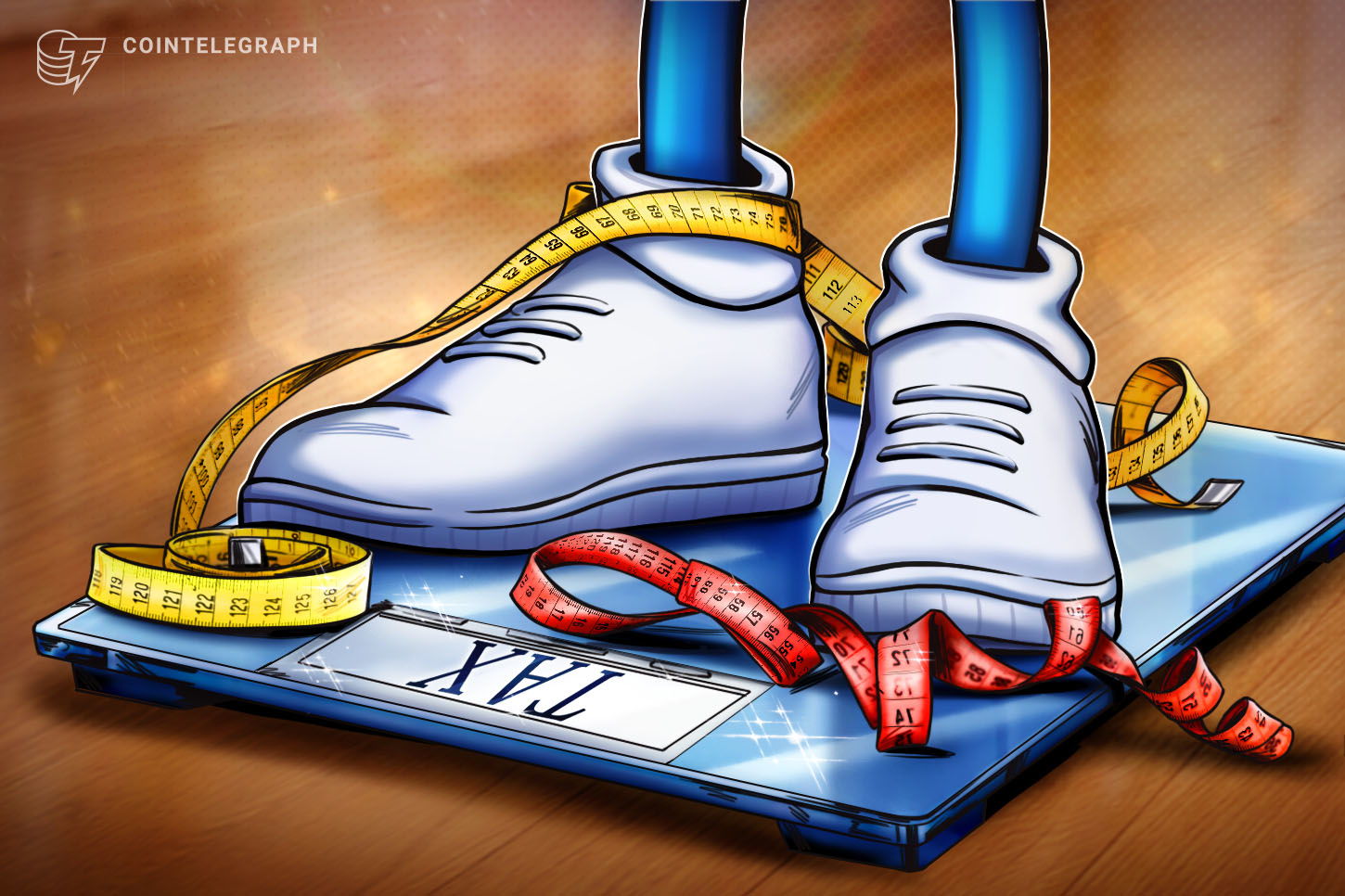NFT investor accidentally burns $135K CryptoPunk trying to borrow money


While going through the unfamiliar process of wrapping NFTs, Riley accidentally sent the asset to a burn address, permanently deleting the NFT from circulation.
A nonfungible token (NFT) from the CryptoPunks collection worth 77 Ether (ETH) was sent to a burn address to be permanently destroyed. However, the collector intended to borrow some money against it to buy another NFT.
NFT collector Brandon Riley added CryptoPunk #685 to his collection on March 13 by paying 77 ETH, hoping to hold it for the long term.
Now feels like an appropriate time to introduce #BAYC 586 to #Punk 685 (acquired a week ago). Hope to hold both for a decade… LGF! pic.twitter.com/SLb68rY6MR
— Brandon Riley (@vitalitygrowth) March 19, 2023
As a seasoned investor, Riley knew the importance of procuring new NFTs right before crypto markets took off into a new bull market. As a result, he decided to borrow some money against CryptoPunk #685 by using a popular technique known as wrapping.
I did do the first part with my own address I’m step 2. But then when I got to step 5 the burn address was the one listed under “9. proxyInfo” and I was told to follow the directions exactly, so I did. I just shouldn’t have attempted this on my own I guess.
— Brandon Riley (@vitalitygrowth) March 24, 2023
While going through the unfamiliar process of wrapping NFTs, Riley accidentally sent the asset to a burn address — which permanently deleted the NFT from circulation, as shown below.


“I was told to follow the directions exactly, so I did,” explained Riley, but in the process, he ended up losing 77 ETH, which was worth $135,372.16. He explained:
“I was not wrapping this punk to sell it on Blur. It was to be my “forever punk.” The number is exact reverse of my ape. I was only wrapping it because I needed to borrow some liquidity from it.”
While members of Crypto Twitter believed that the NFT collector must have had “deep pockets,” Riley contradicted the rumors by revealing that he had purchased CryptoPunk #685 through borrowed money.
“I just shouldn’t have attempted this on my own, I guess,” was Riley’s takeaway from the experience. On the other hand, Crypto Twitter also blamed confusing user interfaces and complex instructions for the investor’s loss. As a result, the community unanimously agreed on the need to revamp the front-end processes for crypto ecosystems.
Related: Improving Bitcoin NFT marketplace infrastructure sets the stage for ecosystem growth
NFT wash trading increased by 126% in February, confirmed a CoinGecko report. The top six NFT marketplaces are Magic Eden, OpenSea, Blur, X2Y2, CryptoPunks and LooksRare. X2Y2, Blur and LooksRare saw a rise in wash trading for the fourth straight month, with a total volume of $580 million.


As Cointelegraph previously reported, the issue of wash trading stems from a lack of clear regulations.
Magazine: 4 out of 10 NFT sales are fake: Learn to spot the signs of wash trading










